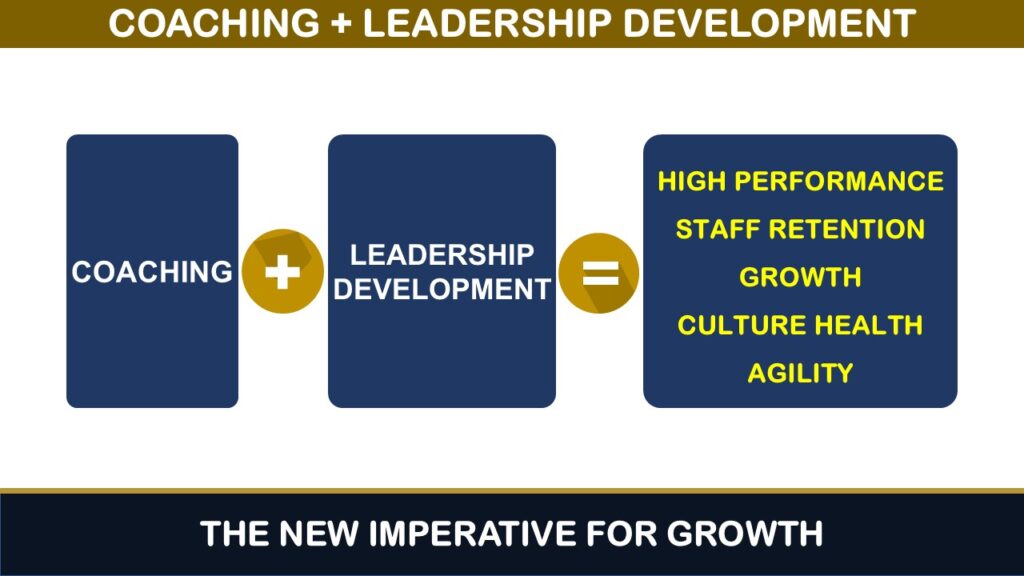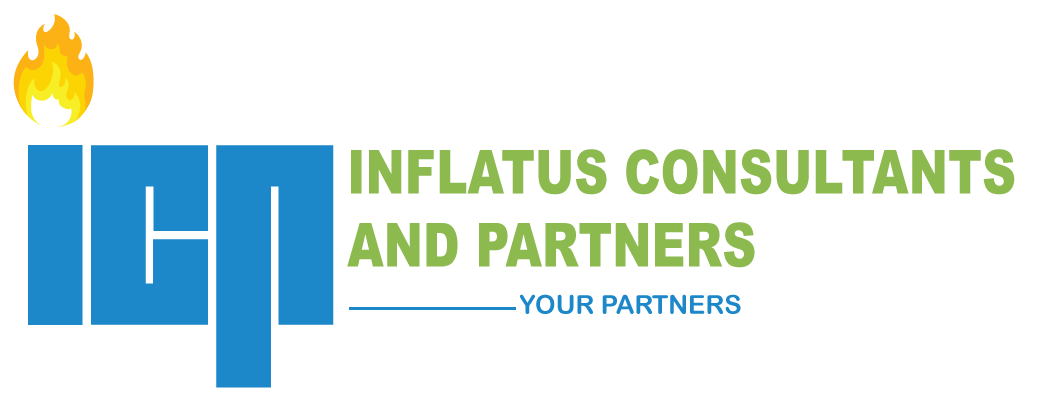Coaching + Leadership Development: The New Imperative for Growth

In today’s fast-changing world, leadership development can no longer rely on workshops, theory, or “experience over time.”
The new truth? Coaching is no longer optional — it’s strategic.
That’s the bold message from The Ken Blanchard Companies in their article “Coaching + Leadership Development: A Strategic Imperative for Performance and Growth.”
It’s not about whether you can afford to invest in coaching — it’s about whether you can afford not to.
The Pressure Has Changed — and So Must Leadership
The article opens with a wake-up call: the world of work has changed permanently.
Remote work. Constant disruption. Pressure for agility. The pace of change is relentless.
Companies used to believe leaders could “grow with time.” Not anymore.
The authors put it bluntly: “Organizations don’t have the luxury of waiting years for leaders to grow through experience alone. Coaching accelerates development.”
In the 1960s, the average S&P 500 company lasted 60 years. Today? Just 15.
That’s how quickly industries are transforming — and why leadership capacity must evolve at the same speed, if not faster.
Coaching, they argue, is the accelerator — it closes the gap between learning and leading, between knowing and doing.
Why Training Alone Isn’t Enough
Most organizations already offer training. They roll out programs, frameworks, and leadership models.
But here’s the problem: training tells you what to do; it doesn’t help you do it when it matters most.
Blanchard captures it beautifully: “Training gives the what and the why; coaching provides the how.”
Think about that!
Training fills the head. Coaching strengthens the muscle.
Without coaching, development stays theoretical. You know the principles but can’t always apply them when conflict arises, when decisions get tough, or when pressure mounts. And that’s where the rubber meets the road.
That’s why Blanchard insists: stop separating training from coaching. When you combine both, you get transformation — not just education.
The Blanchard Approach: Integration, Not Addition
Many organizations treat coaching as a side dish. Blanchard treats it as the main ingredient.
Their model integrates leadership training and coaching from the start. Training builds frameworks. Coaching builds behavior. Together, they form a system where learning sticks — because leaders apply it in real time, not someday.
“It’s not just about hitting performance goals,” says Nicole Horras, Blanchard’s Senior Director of Coaching Client Solutions. “It’s about building trust, connecting with people, and creating cultures where everyone can succeed.” That’s the real target.
The article emphasizes that coaching is more than performance management — it’s a culture-building force. When leaders receive coaching alongside development, they learn how to live out the leadership principles — how to communicate with empathy, coach their own teams, and sustain motivation during uncertainty.
Coaching as a Strategic Business Decision
Blanchard’s authors challenge a common mindset: thinking of coaching as a “nice-to-have” or an HR expense. They insist it’s a strategic investment — one that directly drives performance, retention, and growth.
A Better Question
Executives often ask, “What does coaching cost?” The smarter question is: “What is the cost of not doing it?”
Without coaching:
- Leaders plateau faster.
- Talent disengages.
- Culture erodes quietly.
- Potential remains untapped.
With coaching:
- Development accelerates.
- Culture strengthens.
- Retention rises.
- Leaders model better behavior across levels.
The article urges leaders to reframe coaching as a strategic lever — not an optional benefit.
If leadership determines business performance, then anything that strengthens leadership agility is a core business function.
Measuring What Really Matters
The authors also address a real challenge — measurement. Too often, organizations track the wrong metrics: number of coaching sessions, satisfaction surveys, or attendance rates. Those metrics don’t show impact. The real question is: What changed because of coaching?
Blanchard recommends aligning coaching to broader strategic outcomes:
- Culture health
- Employee engagement
- Leadership readiness
- Agility in managing change
- Team performance
Imagine being able to say: “Because of coaching, our new managers hit full productivity two months earlier.” “Because of coaching, our engagement score rose by 20%.” That’s when coaching moves from “soft” to strategic. That’s when it earns executive support and budget — because the impact is visible.
Scaling Coaching Across the Organization
One of the most powerful sections of the article focuses on scale. Traditionally, coaching was reserved for executives — the privileged few at the top. Blanchard argues that if coaching truly drives performance, then everyone who leads should have access to it. So, the question becomes: How do we move from coaching a few to building a coaching culture?
From Event to Ecosystem
Scaling coaching isn’t about scheduling more sessions. It’s about changing how leaders think and act.
A “coaching culture” means:
- Managers coach their teams daily.
- Conversations are curious, not controlling.
- Feedback is a norm, not a threat.
- Growth becomes continuous, not occasional.
In this kind of culture, coaching isn’t an intervention — it’s the air leaders breathe. “When coaching becomes embedded in leadership culture,” the article notes, “it stops being something we do and becomes something we are.” That’s the ultimate goal — leaders who see their role as developers of others, not just directors of work.
The Mindset Shift: From Telling to Asking
Building a coaching culture requires a mindset revolution. The best leaders aren’t those who give all the answers, they’re the ones who ask better questions.
Coaching re-trains the brain to move from:
- “I’ll tell you what to do,” to “Let’s explore how you can handle this.”
- “I’m the expert,” to “I’m your partner in growth.”
This mindset of curiosity, empathy, and accountability creates more capable, motivated teams. And as more leaders adopt it, the organization itself becomes more adaptive, resilient, and people centered.
The article suggests that when this shift happens broadly, coaching becomes self-sustaining — a cultural habit rather than a programmatic effort.
Why This Matters More Than Ever
The Blanchard team points to several realities behind this urgency:
- Hybrid work makes connection harder.
- Younger generations expect authentic, developmental leadership.
- Burnout and disengagement are at all-time highs.
- Agility and innovation depend on empowered, coached employees.
Coaching is uniquely suited to address all these challenges because it combines accountability with empathy. It helps leaders slow down long enough to ask, “What does my team need right now?” It turns pressure into opportunity and potential into performance.
That’s why the authors describe coaching not just as a tool but as a strategic imperative for performance and growth.
The Payoff: When Coaching and Leadership Development Work Together
When organizations integrate coaching into leadership development, five things happen:
- Learning sticks.
Leaders don’t just understand frameworks — they practice them, get feedback, and refine them. - Behavior changes faster.
Because coaching is applied in real moments, new habits form quickly. - Culture becomes consistent.
Leaders model similar behaviors, creating unity in how people lead and relate. - Performance rises.
Teams become more engaged, accountable, and innovative. - Growth becomes sustainable.
Coaching builds internal capacity — leaders start coaching their own teams, multiplying development.
It’s the difference between giving leaders a map (training) and walking the journey with them (coaching).
Bringing It All Together
Here’s the article’s essence in one sentence:
Training tells leaders what to do. Coaching helps them do it well, consistently, and authentically.
Leadership without coaching is like a car without traction — all power, no grip. But leadership with coaching creates movement, direction, and growth. Organizations that understand this are not just training leaders — they’re transforming them. And when that happens, both performance and culture thrive.
Reflections: Beyond the Workplace
The same principle applies far beyond the corporate world. Coaching isn’t just for executives — it’s for anyone serious about growth.
Whether in leadership, ministry, or marriage, the pattern is the same:
- Knowledge alone doesn’t change people.
- Application, accountability, and reflection do.
If you want lasting transformation, don’t just learn — get coached.
And once you’ve been coached, learn to coach others. That’s how growth multiplies. That’s how culture — whether in a company, a church, or a home — becomes stronger, healthier, and more aligned with purpose.
Bottom line:
In a world that moves fast, coaching is the bridge between learning and lasting change. For leaders who want to grow — and for organizations that want to thrive — coaching isn’t a luxury.
It’s the lifeline.
Go here to start your coaching journey.


